Research in the Plant and Molecular Ecology Lab uses a combination of field and laboratory experiments and various techniques to address questions about symbiotic associations and plant ecology. Two overarching questions form the core of our research: How do symbioses determine community function and diversity? What factors govern the spread and implications of invasion by non-native species?
To answer the first, we are examining orchids and their symbiotic interactions with mycorrhizal fungi. To answer the second, we are looking at nonnative earthworms and the invasive wetland grass Phragmites australis.
Symbioses
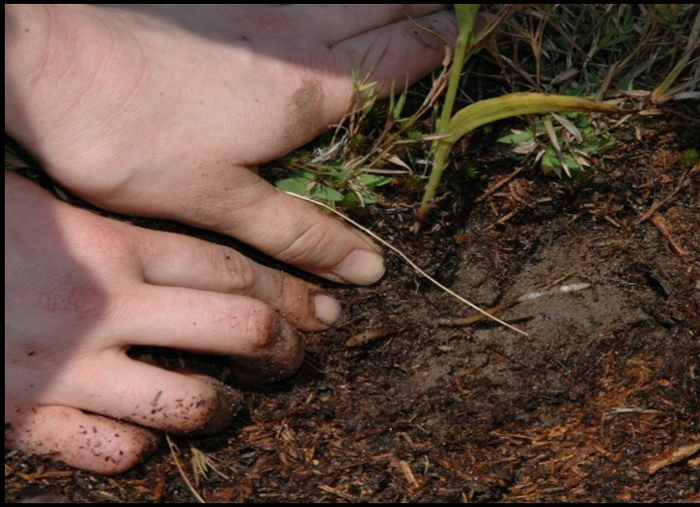
How do symbioses determine community function and diversity?
Orchids and their mycorrhizal fungi (which they need to germinate and grow) give us an ideal model to explore questions about symbiosis in the plant world. We are examining the effects of environmental conditions and the abundance of mycorrhizal fungi as drivers of orchid distribution and flowering. We are also applying these results to increase the success of orchid conservation.
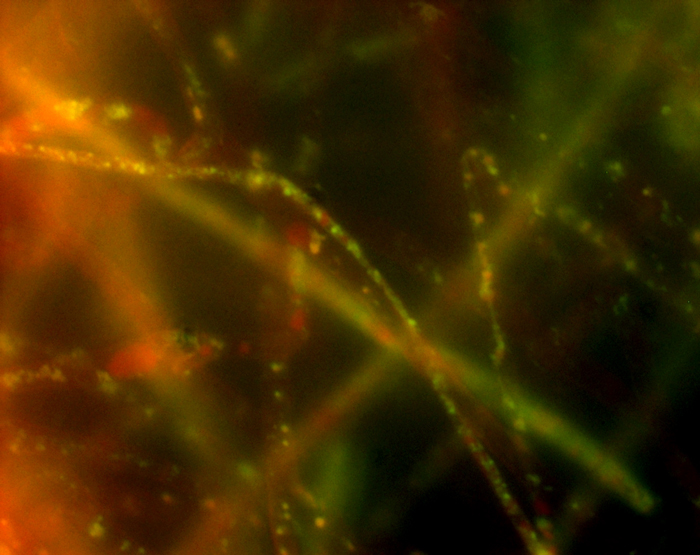
We are also working to understand the function of bacteria that live within the orchid mycorrhizal fungi, the fungal microbiome.
Projects:
Invasive Spread
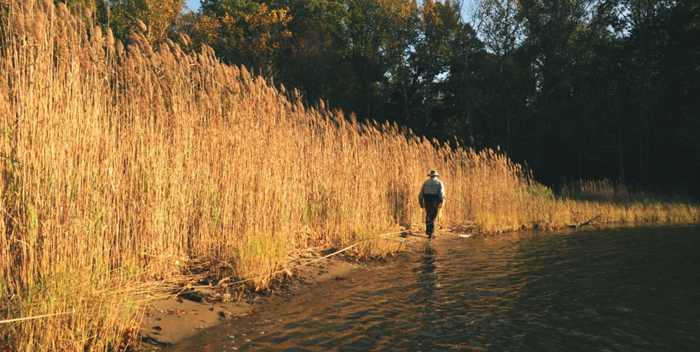
What factors govern the spread of non-native invasive species? How do human activities affect the spread of invasive species?
We are using microsatellite analysis to understand why the invasive grass Phragmites australis is now spreading so quickly in estuaries of the Chesapeake Bay and how its spread relates to anthropogenic effects.
Projects:
Invasive Effects
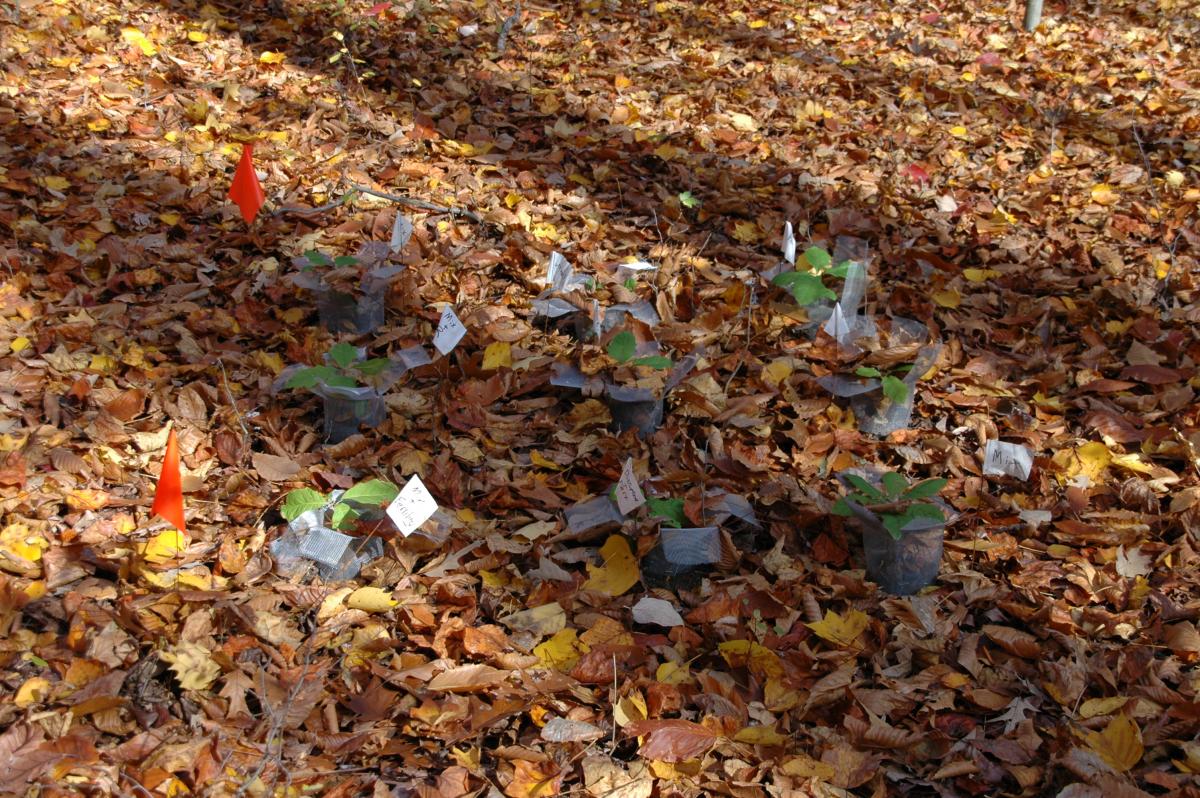
What effects do nonnative species have on community and ecosystem functions?
We are examining how nonnative earthworms are affecting carbon sequestration and plant community composition. Specifically, in these projects we are investigating how nonnative earthworms impact the forms of carbon stored in the soil, and how they impact plant communities by changing the composition and abundance of mycorrhizal fungi in the soil.
Projects:
Anthropogenic Effects
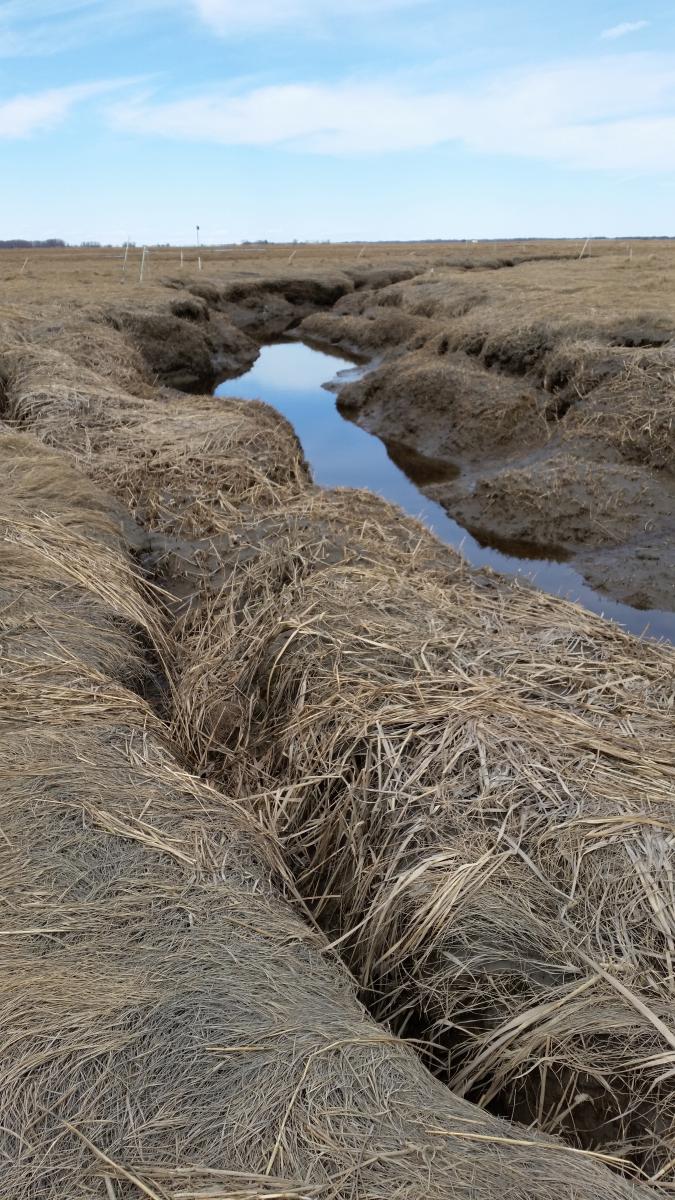
How do native species respond to anthropogenically altered environments?
We are studying the effect of long-term saltmarsh eutrophication on the foundation plant Spartina alterniflora. Smooth cordgrass is critically important for holding saltmarsh sediments together. We are using patterns of genetic variation to understand how eutrophication favors varieties of smooth cordgrass that are not as good at holding marsh sediments together and so favors marsh collapse.
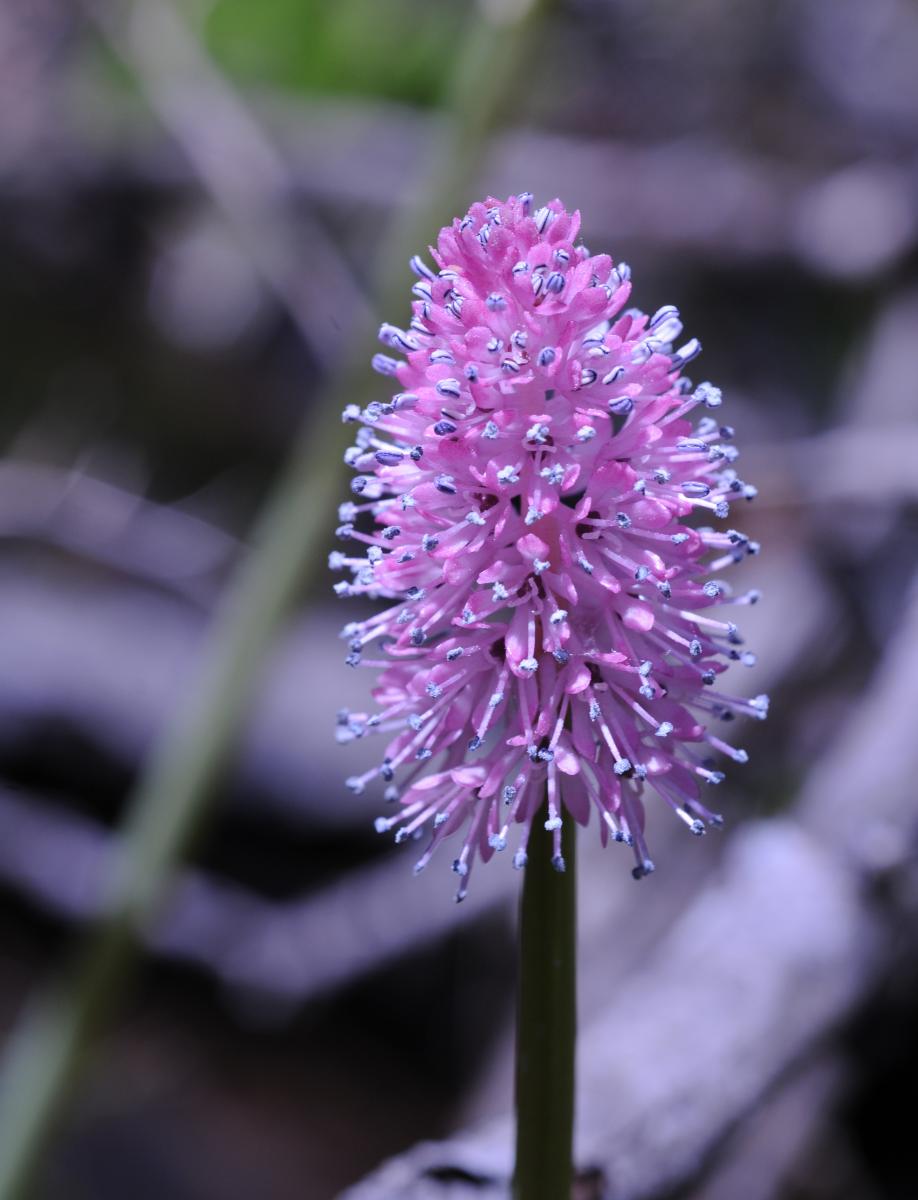
With the altered wildfire regimes that come along with human settlement, prescribed burns are increasingly used to promote conservation of fire-adapted species and to manage wildfire risk. We are also studying how prescribed burning affects the federally threatened swamp pink, Helonias bullata.






